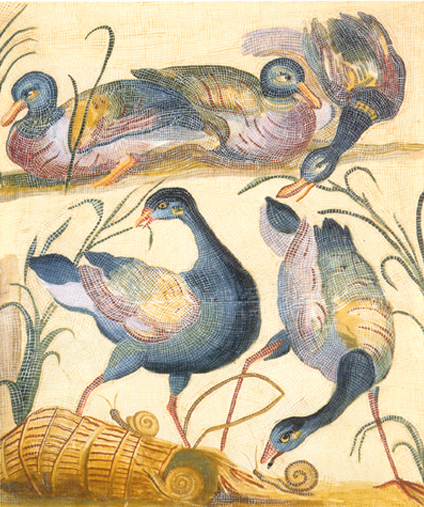''THE Paper Museum of Cassiano dal Pozzo'', a small part of which is currently on exhibition in the British Museum's department of prints and drawings, brings a dead world to life with sudden and unexpected vividness. This is an unusual museum: not a real one, but a notional one; the idea of a museum, one of the earliest ancestors of Andre Malraux's musee imaginaire. It exists only on paper. It is a museum that takes the form of upwards of 1,500 drawings and watercolours and that contains, in reproduction, each shrunk to the manageable dimensions of an image on a single sheet of paper, an apparent infinitude of weird bits and pieces: it is full of fragments, odds and ends, peculiar visual bric-a-brac ranging from a drawing of The Sarcophagus of ''Alexander Severus'' to a drawing of the largest broccoli plant ever grown. But it adds up to more than the sum of its parts and its chief exhibit might be said to be itself. Much of it is devoted to recording the relics of the ancient world, but it is most fascinating as a relic of its own time, and of a culture in which the curious idea of a paper museum could have taken root and could have grown such strange fruit.
Cassiano dal Pozzo, was once generally accepted to be one of the most extraordinary men of his time but these days he requires introduction. Born in Turin in 1588, he was brought up in Pisa and spent his adult life in Rome, where under the patronage of Pope Urban VIII he was appointed to a position in the household of the pontiff's nephew, Cardinal Francesco Barberini. His official activities seem to have been fairly undemanding, if the range of his unofficial activities is anything to...

The page of reason
25-05-1993

